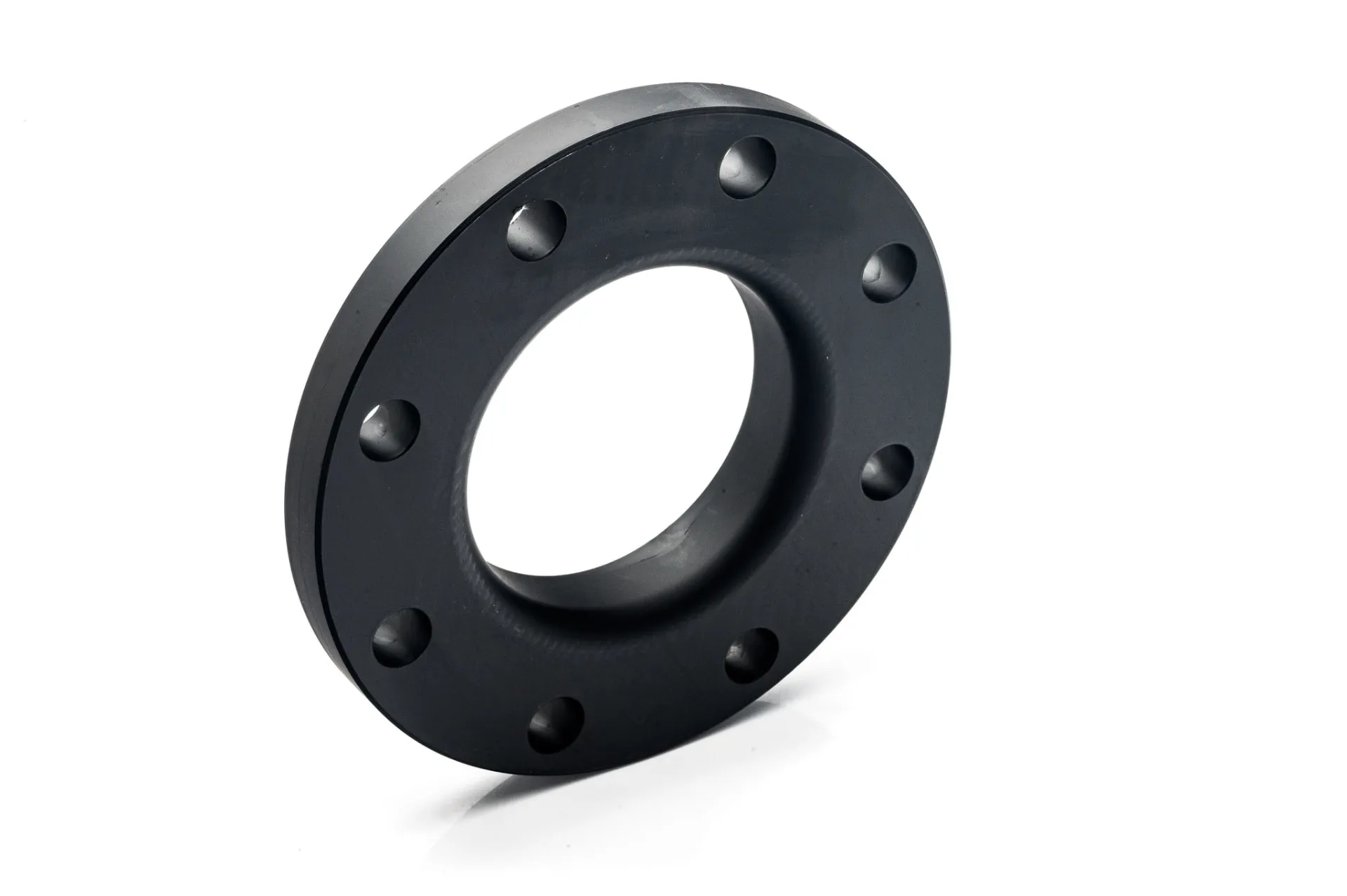-
Cangzhou Yulong Steel Co., Ltd.
-
Phone:
+86 13303177267 -
Email:
admin@ylsteelfittings.com
- English
- Arabic
- Italian
- Spanish
- Portuguese
- German
- kazakh
- Persian
- Greek
- French
- Russian
- Polish
- Thai
- Indonesian
- Vietnamese
- Zulu
- Korean
- Uzbek
- Hindi
- Serbian
- Malay
- Ukrainian
- Gujarati
- Haitian Creole
- hausa
- hawaiian
- Hebrew
- Miao
- Hungarian
- Icelandic
- igbo
- irish
- Japanese
- Javanese
- Kannada
- Khmer
- Rwandese
- Afrikaans
- Albanian
- Amharic
- Armenian
- Azerbaijani
- Basque
- Belarusian
- Bengali
- Bosnian
- Bulgarian
- Catalan
- Cebuano
- China
- China (Taiwan)
- Corsican
- Croatian
- Czech
- Danish
- Esperanto
- Estonian
- Finnish
- Frisian
- Galician
- Georgian
- Kurdish
- Kyrgyz
- Lao
- Latin
- Latvian
- Lithuanian
- Luxembourgish
- Macedonian
- Malgashi
- Malayalam
- Maltese
- Maori
- Marathi
- Mongolian
- Myanmar
- Nepali
- Norwegian
- Norwegian
- Occitan
- Pashto
- Dutch
- Punjabi
- Romanian
- Samoan
- Scottish Gaelic
- Sesotho
- Shona
- Sindhi
- Sinhala
- Slovak
- Slovenian
- Somali
- Sundanese
- Swahili
- Swedish
- Tagalog
- Tajik
- Tamil
- Tatar
- Telugu
- Turkish
- Turkmen
- Urdu
- Uighur
- Welsh
- Bantu
- Yiddish
- Yoruba

Oct . 10, 2024 12:10 Back to list
astm a106 gr b specification
Understanding the ASTM A106 Gr B Specification
The ASTM A106 Gr B specification is a crucial standard that governs the manufacturing of seamless carbon steel pipes for high-temperature and high-pressure service. It is widely utilized across various industries including oil and gas, power generation, and chemical processing. This article delves into the key aspects of the ASTM A106 Grade B specification, its applications, mechanical properties, and significance in various sectors.
Overview of ASTM A106 Grade B
ASTM A106 is a specification developed by the American Society for Testing and Materials (ASTM), which outlines the requirements for seamless carbon steel pipes that are intended for the conveying of fluids and gases. Grade B denotes one of the three grades specified in the standard, the others being Grade A and Grade C. Among these, Grade B is the most commonly used, owing to its excellent mechanical properties and the ability to withstand high temperatures and pressures.
Chemical Composition
The chemical composition of ASTM A106 Gr B plays a vital role in determining its strength and ductility. According to the specification, Grade B pipes must contain the following chemical elements in specified ranges
- Carbon (C) Maximum of 0.30% - Manganese (Mn) 0.60% to 0.90% - Phosphorus (P) Maximum of 0.035% - Sulfur (S) Maximum of 0.04% - Silicon (Si) Up to 0.10%
These components contribute to the overall structural integrity of the pipes, making A106 Gr B ideal for line work, transmission pipelines, and other applications where high strength and resistance to extreme environmental conditions are essential.
Mechanical Properties
The mechanical properties of ASTM A106 Grade B pipes make them suitable for various demanding applications. The important mechanical requirements include
astm a106 gr b specification

- Yield Strength Minimum of 35,000 psi (240 MPa) - Tensile Strength Minimum of 60,000 psi (415 MPa) - Elongation Minimum of 20% for the 8-inch specimen
These properties reflect the material’s ability to withstand deformation under stress, ensuring that it can perform effectively under high-pressure scenarios.
Manufacturing Process
The manufacturing of ASTM A106 Grade B pipes typically involves the process of seamless extrusion or piercing of hot-rolled steel bars, followed by an annealing process to enhance the mechanical properties. This method ensures uniform wall thickness and eliminates potential weld-related failures.
Once the pipes are formed, they undergo a series of tests including hydrostatic testing and non-destructive testing to ensure their integrity and compliance with the ASTM A106 standard. These tests help identify any defects that may compromise the pipe’s performance.
Applications
ASTM A106 Grade B pipes are utilized in a variety of applications, especially in industries where high temperature and pressure are common. Some of the key applications include
- Oil and gas transportation Used in pipelines to transport crude oil and natural gas over long distances. - Chemical processing Employed in the production of chemicals, where resistance to corrosive environments is essential. - Power generation Used in power plants for transporting steam and other fluids.
Conclusion
The ASTM A106 Gr B specification plays a pivotal role in ensuring the reliability and safety of seamless carbon steel pipes used in critical applications. Its stringent requirements for chemical composition and mechanical properties make it an industry standard for high-temperature and high-pressure environments. Understanding this specification not only helps engineers and manufacturers select the right materials for their projects but also ensures compliance with safety and performance standards in various industrial sectors. In an era where infrastructure and energy demands are continually evolving, the importance of ASTM A106 Grade B remains ever-critical, underpinning essential operations in industries that drive global progress.
Latest news
-
ANSI 150P SS304 SO FLANGE
NewsFeb.14,2025
-
ASTM A333GR6 STEEL PIPE
NewsJan.20,2025
-
ANSI B16.5 WELDING NECK FLANGE
NewsJan.15,2026
-
ANSI B16.5 SLIP-ON FLANGE
NewsApr.19,2024
-
SABS 1123 FLANGE
NewsJan.15,2025
-
DIN86044 PLATE FLANGE
NewsApr.19,2024
-
DIN2527 BLIND FLANGE
NewsApr.12,2024
-
JIS B2311 Butt-Welding Fittings LR/SR 45°/90° /180°Seamless/Weld
NewsApr.23,2024











